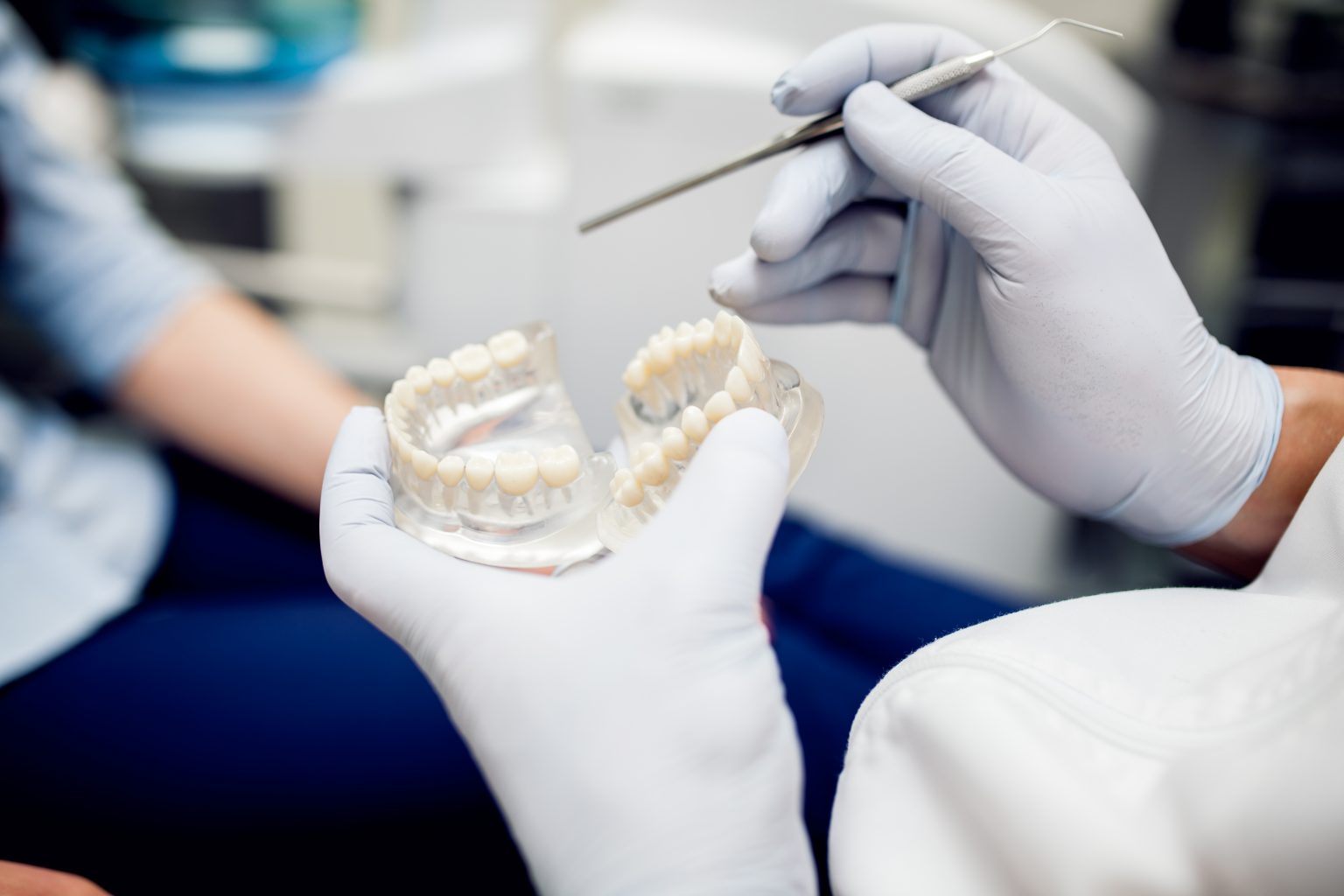The range of orthodontic treatments available has expanded to include individuals of all ages. Even though they are frequently seen of as a traditional option, folks looking for efficient tooth alignment nevertheless frequently choose metal braces. This article explores the advantages of adult metal braces and goes over what to anticipate when switching from Invisalign to metal braces.
Overview of Metal Braces for Adults
Adult metal braces are made out of wires and brackets made of stainless steel that work to progressively move teeth into the appropriate positions. Adults choose metal braces for the following reasons:
Effectiveness: Metal braces have a reputation for being successful in addressing a variety of orthodontic problems, such as bite misalignments, spacing problems, and overcrowding. Their robust design allows for precise tooth movement, making them suitable for complex cases.
Durability: Metal braces are strong and resistant to harm because they are made of premium stainless steel. They offer dependable, long-term teeth straightening options that can resist normal wear and tear.
Cost-Effectiveness: Compared to ceramic or lingual braces, metal braces are typically less expensive. They are an affordable option for many adults who want to improve their smiles because of this.
Quick Treatment: Compared to conventional orthodontic treatments, metal braces can frequently produce the desired outcomes in a shorter amount of time because of their sturdy structure. Depending on how complicated their situation is, many patients finish their therapy in 18 to 24 months.
Fewer Office Visits: When it comes to modifications, metal braces typically require fewer doctor visits than aligners like Invisalign. For working people, this may make the therapy process more convenient.
What to Expect With Metal Braces After Invisalign
Some patients use the well-known clear aligner system Invisalign as the first step toward a straighter smile. Nevertheless, in certain situations, patients who have used Invisalign may need to switch to metal braces:
Reasons for Transition: Patients may experience a lack of expected results from Invisalign because of certain oral problems or complicated misalignments that need for more aggressive repair. To get the best results in these situations, orthodontists might advise switching to metal braces.
Adjustment Period: There can be a period of adjustment involved in moving from Invisalign to metal braces. Even though aligners are removable and offer a more comfortable fit, metal braces may feel bulkier initially. Patients may experience some discomfort as their mouths adjust to the brackets and wires.
Oral Hygiene: It’s important to keep your teeth clean, especially after switching to metal braces. As opposed to Invisalign, which can be taken out for eating and cleaning, metal braces need to be carefully maintained in order to avoid plaque accumulation. It will be necessary to modify brushing and flossing habits to make room for the braces.
Treatment Schedule: Changing from Invisalign to metal braces may affect the total treatment schedule. Metal braces could speed up the procedure and shorten the total amount of time needed for treatment, even though Invisalign can take several months to align teeth.
Follow-up Care: In order to track development and make any required metal brace changes, it will be imperative to schedule routine follow-up sessions. Advice on how to take care of your braces and what to anticipate during these appointments will be given by your orthodontist.
In summary
Adult metal braces are still a very good choice for people who want a straighter smile. For numerous grownups, their cost-effectiveness, durability, and quick healing times make them a sensible option. Knowing what to anticipate will help those switching from Invisalign to metal braces adjust more easily and maintain their progress toward a beautiful, healthy smile. In order to find the finest treatment plan for your unique needs and to ensure the fastest path to your perfect smile, always seek the advice of an expert orthodontist.

